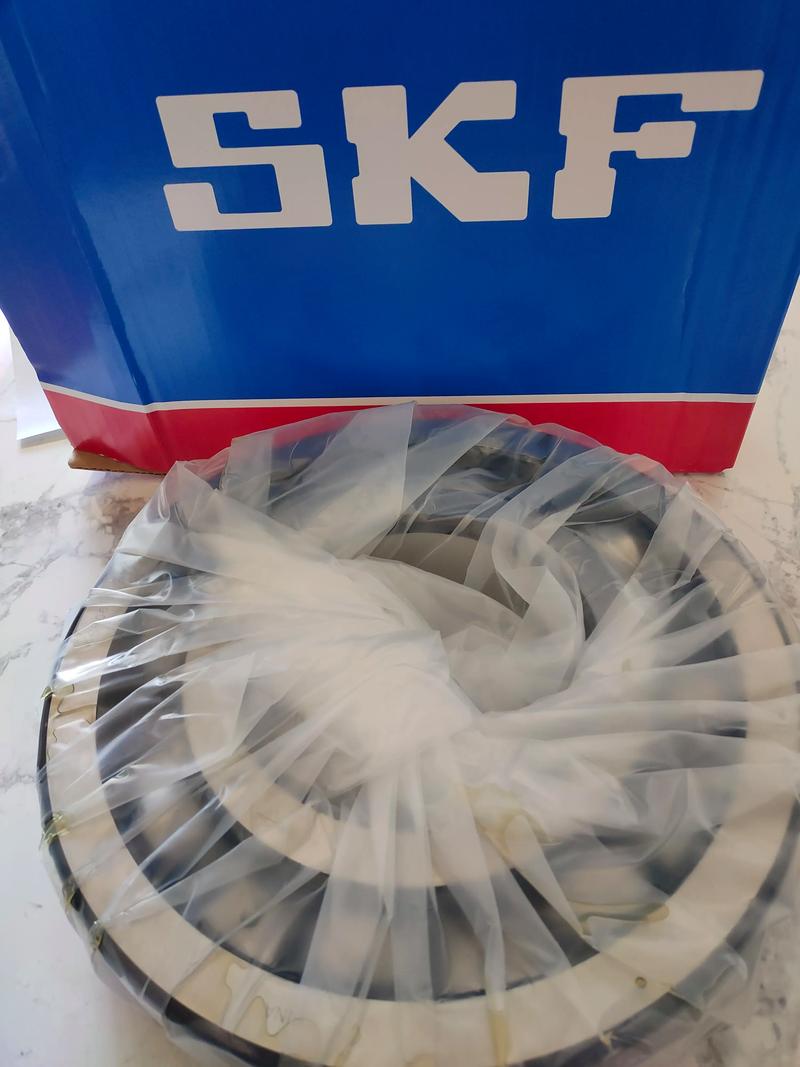Ultimate Guide to SKF Bearings: Types, Maintenance, and Best Practices
SKF bearings are precision-engineered components critical for reducing friction and supporting rotational or linear motion in machinery. Renowned for durability and performance, they are widely used in industries like automotive, manufacturing, and aerospace. This article explores key aspects of SKF bearings to help users maximize efficiency and longevity.
Table of Contents
1. SKF bearings maintenance2. SKF bearings types
3. SKF bearing lifespan
4. SKF bearing installation guide
5. SKF bearings vs competitors
1. SKF bearings maintenance

Proper maintenance is vital for extending the service life of SKF bearings. Regular lubrication using high-quality greases reduces wear and prevents overheating. Always follow manufacturer guidelines for relubrication intervals, typically ranging from 500 to 2,000 operating hours depending on load and speed. Implement vibration analysis to detect early signs of misalignment or imbalance. Contamination prevention is equally crucial—use sealed bearings in dusty environments and ensure clean tools during maintenance. For storage, keep bearings in original packaging at stable temperatures below 25°C to avoid moisture damage.
2. SKF bearings types
SKF offers diverse bearing types tailored for specific applications. Deep groove ball bearings handle radial and axial loads in electric motors. Angular contact bearings excel in high-speed scenarios like machine tool spindles. Cylindrical roller bearings support heavy radial loads in industrial gearboxes. Specialty variants include corrosion-resistant bearings for marine environments and high-temperature models for furnace conveyors. The Explorer class provides enhanced load capacity, while hybrid bearings with ceramic balls suit extreme-speed requirements. Always consult SKF's engineering catalog to match bearing type with operational demands.
3. SKF bearing lifespan
Calculating SKF bearing lifespan involves the L10 rating, indicating the hours 90% of bearings will survive under specified conditions. Actual longevity depends on load magnitude, lubrication quality, and environmental factors. Industrial applications typically see 20,000–50,000 hours. To maximize lifespan, avoid overgreasing (which causes churning losses) and maintain proper shaft alignment. Temperature monitoring is critical—operating above 120°C accelerates lubricant degradation. Implement condition-based maintenance using IoT sensors to predict failures. SKF's Life Equation software helps optimize parameters for extended service intervals.
4. SKF bearing installation guide
Correct installation prevents premature bearing failure. Use hydraulic nuts for large bearings to ensure controlled mounting pressure. Heat bearings to 80–90°C using induction heaters for interference fits—never exceed 120°C. Align housing bores within 0.05mm tolerance. For tapered bore bearings, apply axial thrust equal to 0.3–0.5 times the radial load during mounting. Post-installation, verify free rotation and measure radial clearance. SKF recommends using TMFT installation tools to avoid hammer-induced damage. Always follow torque specifications for locknuts (typically 40–60 Nm for M30 sizes).
5. SKF bearings vs competitors
SKF bearings outperform competitors through superior steel quality (100Cr6 alloy) and precision grinding (ABEC-5 or higher). Compared to Timken, SKF offers better axial load capacity in angular contact designs. Versus NSK, SKF's polymer cages provide higher temperature resistance. In vibration tests, SKF bearings show 15–20% lower noise levels than generic brands. The proprietary Wave Wash treatment enhances lubricant distribution, reducing friction by up to 30%. While premium-priced, SKF's total cost of ownership is lower due to extended maintenance intervals and 20% longer average lifespan.
Understanding SKF bearings' technical specifications and maintenance requirements can significantly impact operational efficiency. From selecting the right bearing type to implementing predictive maintenance, each aspect covered in this guide contributes to machinery reliability. Whether comparing performance metrics or optimizing installation procedures, these insights empower engineers to make informed decisions. Explore the detailed sections above to master SKF bearing management and achieve peak industrial performance.
In conclusion, SKF bearings represent engineering excellence when properly selected and maintained. By adhering to maintenance protocols, understanding bearing dynamics, and leveraging SKF's technological innovations, operators can dramatically reduce downtime and operational costs. This comprehensive guide serves as your roadmap to maximizing ROI from SKF bearing investments across all industrial applications.




 13869596835
13869596835